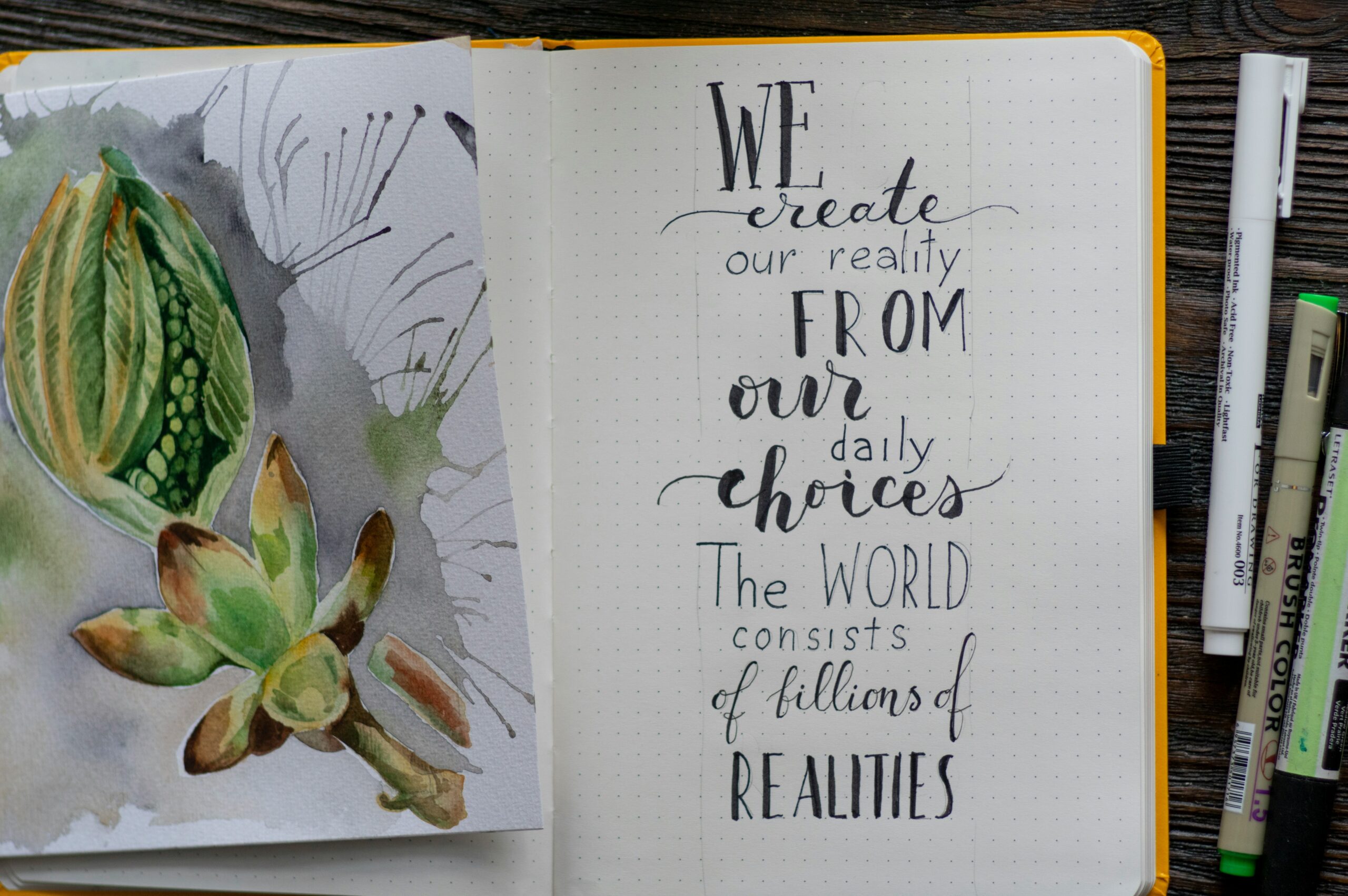Communication is a vital skill in our personal and professional lives, and improving it can lead to more successful relationships and outcomes. This article will discuss critical aspects of effective communication: listening, observing, organizing, and connecting. Whether you’re looking to improve your communication skills in the workplace, with friends and family, or in any other context, we hope you’ll find this article informative and helpful. So let’s get started.
In Mastering the Basics of Communication, Marjorie North, communication expert and instructor at Harvard Professional Development Programs, notes that we only hear half of what the other person says during a conversation.
Every good leader has something to say. Yet, many don’t take the time to polish and shape how we communicate those ideas or ponder how others may receive our message.
Communication can be summed up to be the exchange of information. However, this exchange is far from straightforward, given the complex ways that we receive and perceive messages. To become a good communicator, you first must master the basics of having a two-way conversation.
Learn to Listen
Most of us only remember half of what we hear—no matter how carefully we think we’re listening. But effective leadership requires good listening. This is a critical skill to learn. Since it isn’t usually taught in schools, we must train ourselves to listen.
Improve your active listening by practicing three simple techniques:
- Suspend any biases you might have about the speaker’s appearance or prior actions.
- Quiet your mind by focusing on what is being said instead of considering your response.
- Encourage the speaker to continue sharing information by asking open-ended questions and nodding.
Effective listening doesn’t come naturally to most people. But the importance of practicing this undervalued skill becomes apparent when you consider that listening is one-half of the communication dynamic.
Know Your Audience
Before you begin to craft your message, learn as much as you can about your listeners. This will help you determine your choice of words and level of information and structure your delivery and motivate your audience.
Figure out your listeners’ level of knowledge and interest in your topic. Do they have any preconceptions? Are they hostile or friendly? Will they feel pressured to react in a specific way? It’s essential to consider these questions whether you plan to speak to one or many. Watch for nonverbal cues from your audience, listen to their feedback, and adjust your message accordingly.
Organize and Structure Your Message
Words are powerful—they carry literal and connotative meanings. Because those connotations differ in various parts of the world, knowing your audience is crucial.
For example, a dog is a neutral word. But mongrel carries a negative connotation, while man’s best friend carries a positive one. Take time to choose the right word or expression and pronounce it correctly.
Here are a few other tips to consider when formulating your message:
Clarity. Choose concrete, familiar words that refer to tangible objects. These words are more likely to maintain your audience’s interest and less likely to be misinterpreted. Avoid using more words than necessary to express an idea—be concise.
Vivid language. Imagery is memorable. So, use descriptive language— color, size, and shape—to create mental images of objects, actions, or ideas. Select lively verbs and speak in an active voice.
Rhythm. Your choice and arrangement of words create a pattern of sound. There are many tools to consider when establishing rhythm—repetition, alliteration, and even onomatopoeia.
Use these language tools sparingly for maximum effect—overuse may sound pretentious. You don’t want to compromise your credibility or the audience’s interest.
Pay Attention to your Nonverbal Skills
Many people don’t realize that nonverbal cues can convey an unintended message to their audience. You may think you’re being open, but you create a barrier if your arms are crossed or your back is turned.
Research shows that listeners typically trust the nonverbal message when believing visual and vocal cues or spoken words. If you shuffle your feet or gaze out the window, you won’t communicate your message effectively. The same holds for your delivery—avoid mumbling and being monotone.
Effective nonverbal communication includes:
- Proper attire.
- Good posture.
- Natural gestures.
- Purposeful movement.
- Appropriate eye contact.
- Energy and enthusiasm.
Communicating is Connecting
Most audiences prefer a delivery that combines a certain degree of formality with the best attributes of good conversation. Be direct, spontaneous, and animated. Use vocal and facial expressions to liven things up.
And remember: Communication is fluid. Doing the work beforehand to organize your ideas and understand your audience will make you a better speaker. Still, you must also listen to your audience and adapt to their feedback. If your listener is bored or confused, modify your verbal and nonverbal message—inject humor, explain the confusion, or even change course.
After all, a rigid communication style often prevents a meaningful connection between speaker and listener. On the other hand, a flexible manner helps you get your point across more effectively and keeps everyone on their toes and actively engaged.










